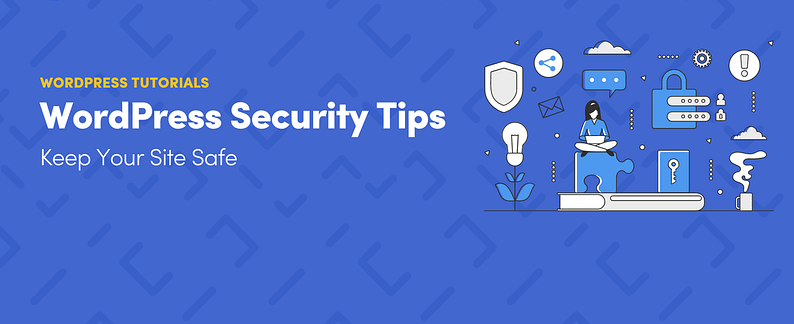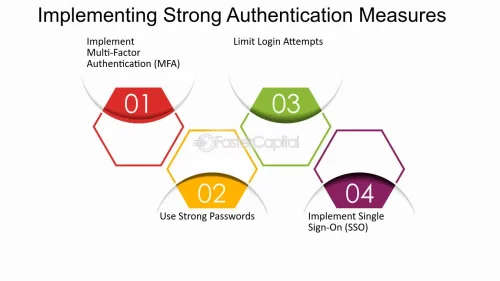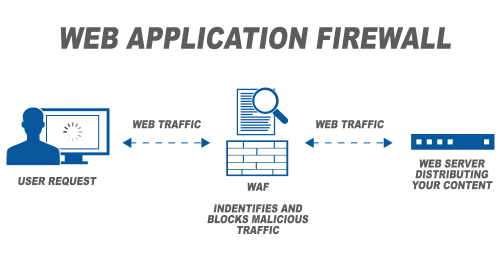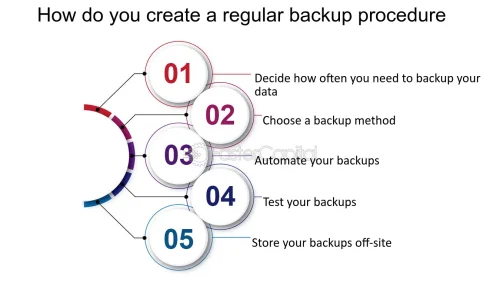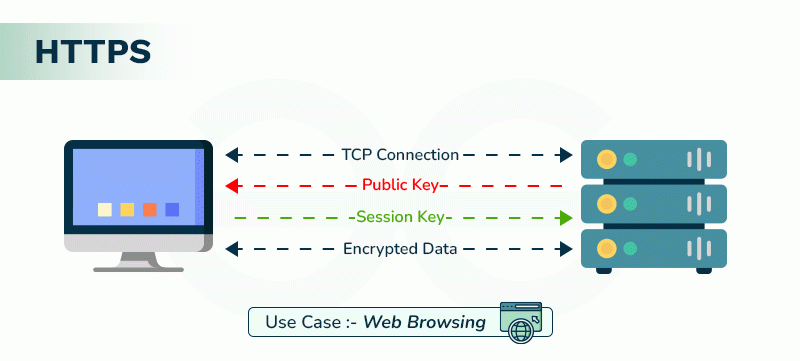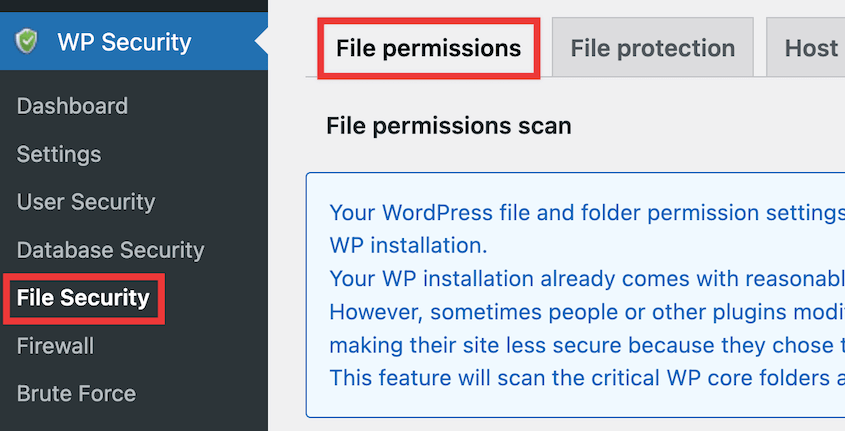
How to Build a WordPress Website?
April 7, 2025Table of Contents
🔐 10 Essential WordPress Security Tips for 2025
wordPress Security Tips for 2025
1. Keep Everything Updated
WordPress update best practices
📊 Why This Matters: Over 60% of hacked sites use outdated software.

Actionable Steps:
Enable auto-updates for WordPress core
Update all plugins within 48 hours of new releases
Remove unused themes and plugins
Monitor vulnerability databases weekly
Pro Tip 2025: Subscribe to CVE alerts for your specific plugins
2. Implement Strong Authentication
WordPress two-factor authentication
📊 Why This Matters: Prevents 99% of brute force attacks

Actionable Steps:
Enforce 12+ character passwords
Implement 2FA using Authy or Google Authenticator
Limit login attempts to 3 tries
Change default “admin” username
Pro Tip 2025: Consider biometric authentication for admin users
3. Use a Web Application Firewall
WordPress firewall protection
📊 Why This Matters: Blocks malicious traffic before it reaches your site

Actionable Steps:
Install Cloudflare or Sucuri WAF
Block suspicious IP ranges
Set up custom firewall rules
Enable bot protection
Pro Tip 2025: Use AI-powered WAFs that learn from new threats
Learn more about this security tool.(WAFs)
4. Install Security Plugins
WordPress security plugins
📊 Why This Matters: Provides comprehensive protection suite

Actionable Steps:
Install Wordfence or MalCare
Enable real-time scanning
Set up file integrity monitoring
Configure malware removal tools
Pro Tip 2025: Choose plugins with machine learning capabilities
5. Regular Backups
WordPress backup strategies
📊 Why This Matters: Your ultimate recovery solution
Actionable Steps:
Implement 3-2-1 backup rule
Use UpdraftPlus or BlogVault
Test restore process monthly
Store backups offsite
Pro Tip 2025: Use incremental backups for large sites
🔐 6. Enable SSL/HTTPS Encryption (2025 Best Practices)
Enable SSL in WordPress
📊 Why This Matters: SSL encrypts all data between your visitors and your server. In 2025, it’s not just a security standard but a critical SEO ranking factor, as Google prioritizes secure sites.
Learn more about SEO
🛠️ Actionable Steps:
Activate Your Certificate: Most hosts offer a free Let’s Encrypt SSL. Activate it via your hosting control panel (cPanel, Plesk, etc.).
Force HTTPS Sitewide: Go to Settings > General in your WordPress dashboard and ensure both “WordPress Address” and “Site Address” URLs begin with
https://.Implement a 301 Redirect: Add this code to the top of your
.htaccessfile to automatically redirect all HTTP traffic to HTTPS:apacheRewriteEngine On RewriteCond %{HTTPS} off RewriteRule ^(.*)$ https://%{HTTP_HOST}%{REQUEST_URI} [L,R=301]Fix Mixed Content: Use a plugin like Really Simple SSL to automatically resolve insecure “http://” links to resources on your pages.
🔥 Pro Tip for 2025: With Google’s “HTTPS-first” indexing, sites without SSL will suffer significant SEO penalties. This is no longer optional.
🔐 7. Fortify Your WordPress Login Page
WordPress login security
📊 Why This Matters: The login page is the #1 target for brute force attacks. Simply securing this area can prevent over 80% of unauthorized access attempts.
🛠️ Actionable Steps:
Change the Login URL: Use a plugin like WPS Hide Login to change your login page from
/wp-adminto a custom, hard-to-guess slug (e.g.,/my-secret-entry).Enforce Two-Factor Authentication (2FA): Mandate 2FA for all users, especially admins and editors. Use an app-based authenticator (Google Authenticator, Authy) for the highest security.
Limit Login Attempts: Restrict failed login attempts to 3-5 tries before temporarily blocking the IP address. This is a standard feature in security plugins like Wordfence.
Use Strong Passwords: Enforce a strong password policy for all user roles.
🔥 Pro Tip for 2025: Combat AI-powered brute force attacks with plugins that offer AI-driven login protection, which can detect and block suspicious behavior patterns in real-time.
🔐 8. Harden File Permissions & Directory Security
WordPress file permissions
📊 Why This Matters: Incorrect file permissions are a common backdoor for attackers. Properly configured permissions restrict the ability to execute malicious scripts or modify critical files.

🛠️ Actionable Steps:
Set Correct Permissions:
Folders (Directories):
755Files:
644wp-config.php:600(or640if it needs stricter isolation)
Disable File Editing: Prevent file modification from within the WordPress admin dashboard by adding this line to your
wp-config.phpfile:phpdefine('DISALLOW_FILE_EDIT', true);Protect Critical Files: Add code to your
.htaccessfile to block access towp-config.phpanderror.logfiles.
🔥 Pro Tip for 2025: Use a security hardening plugin that can audit and automatically apply the correct file and directory permissions across your entire site.
🔐 9. Implement Advanced Database Security
WordPress database security
📊 Why This Matters: Your database contains all your site’s content, user data, and settings. Securing it protects your most valuable assets from theft or corruption.
🛠️ Actionable Steps:
Change the Database Table Prefix: During installation, avoid the default
wp_and use a unique prefix (e.g.,xq14j_). For existing sites, use a reliable plugin or carefully follow a guide to change it.Use Database-Specific Credentials: Ensure your WordPress database user has only the necessary permissions (e.g.,
SELECT,INSERT,UPDATE,DELETE) and not full administrative rights.Regularly Optimize & Repair: Use a plugin like WP-Optimize to clean and optimize your database tables monthly, improving performance and security.
Monitor Database Queries: Advanced security suites can monitor for suspicious SQL activity that indicates an injection attempt.
🔥 Pro Tip for 2025: For e-commerce or membership sites, consider database encryption for highly sensitive user data to comply with stricter privacy regulations like GDPR and CCPA.
🔐 10. Conduct Regular Security Audits & Monitoring
WordPress security audit
📊 Why This Matters: Security is not a “set it and forget it” task. Proactive, continuous monitoring is essential to catch new vulnerabilities and sophisticated attacks in 2025.

🛠️ Actionable Steps:
Schedule Monthly Full Scans: Use a plugin like Wordfence or MalCare to perform deep malware and vulnerability scans.
Review Activity Logs: Weekly, check logs for suspicious user activity, failed login attempts, and changes to core files.
Perform External Scans: Use free tools like Sucuri SiteCheck or Quttera Web Malware Scanner to scan your site from an outside perspective.
Professional Penetration Testing: For business-critical sites, invest in a professional penetration test at least annually to find hidden weaknesses.
🔥 Pro Tip for 2025: Leverage AI-powered monitoring services that can baseline normal behavior for your site and instantly alert you to any anomalous activity that could indicate a zero-day exploit.
✅ WordPress Security Checklist 2025
| Priority | Task | Frequency | Status |
|---|---|---|---|
| Critical | Update Core, Themes, Plugins | Daily / Immediately | ✅ |
| High | Run Malware Scan | Weekly | ✅ |
| Medium | Verify & Test Backups | Monthly | 🔄 |
| Medium | Review User Accounts & Access | Monthly | 🔄 |
| Low | Full Security Audit | Quarterly | ❌ |
🔒 Conclusion: Secure Your WordPress Site with Confidence in 2025
As we’ve explored in these 10 essential WordPress security tips, protecting your website in 2025 requires a proactive, multi-layered approach. From keeping your software updated and enforcing strong authentication to implementing a firewall and conducting regular audits, each step builds a stronger defense against evolving threats.
At SiteCroft, we believe that security isn’t just a technical requirement—it’s the foundation of your online presence. By following these actionable strategies, you’re not only safeguarding your site from hackers and malware but also protecting your hard-earned SEO rankings and user trust.
Remember, WordPress security is an ongoing journey, not a one-time task. Stay vigilant, adapt to new threats, and make security a core part of your workflow. Whether you’re a beginner or an experienced developer, SiteCroft is here to support you with resources, tools, and expert insights to keep your site safe and thriving.
For more in-depth guides, vulnerability alerts, and professional security tips, explore our WordPress Security Center at SiteCroft. Because a secure site is a successful site.
Download the 10 Essential WordPress Security Tips for 2025 checklist for free to keep with you at all times.








